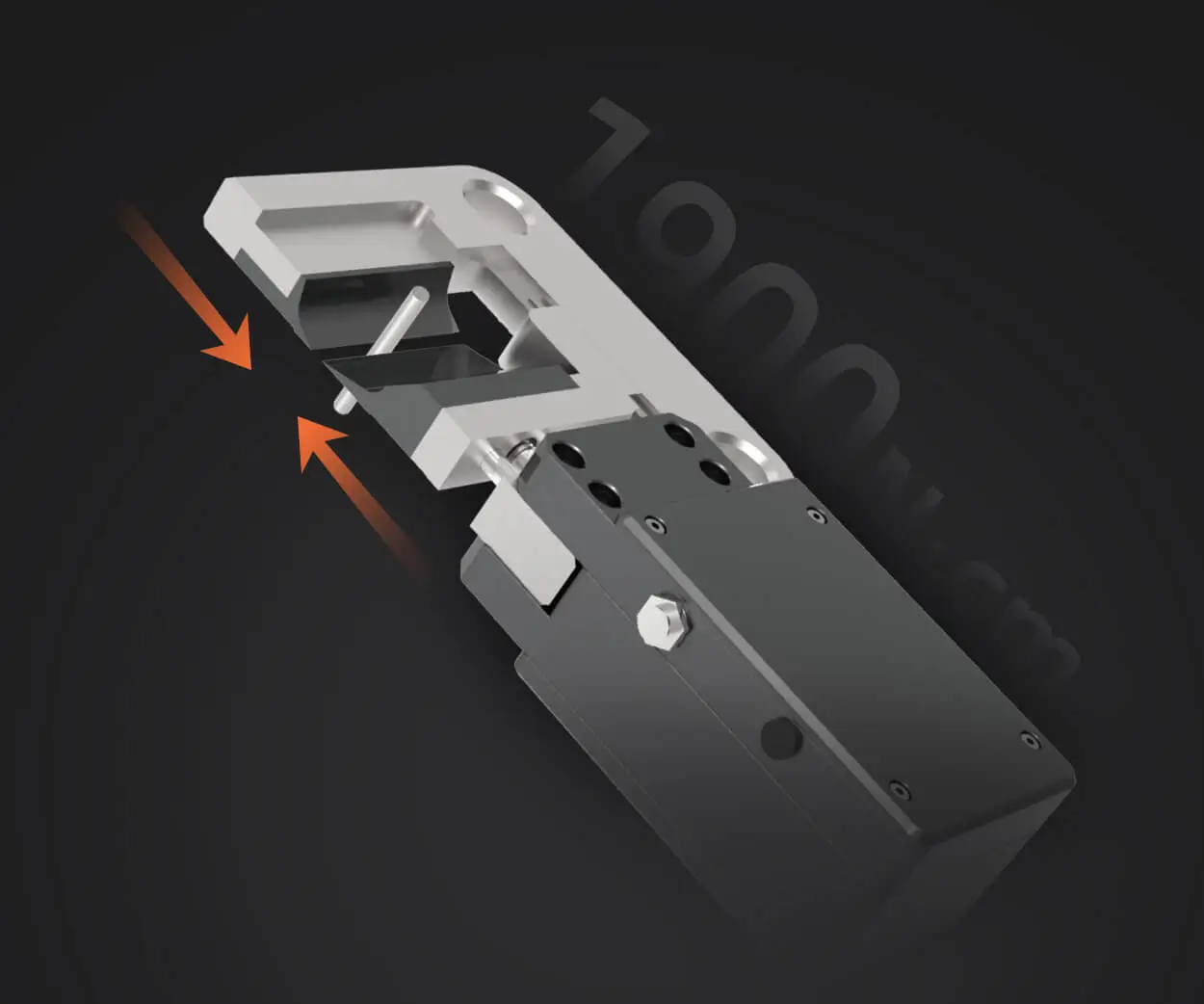In the fast-paced world of software architecture, CQRS and microservices are like a dynamic duo that can turn chaos into harmony. Imagine a bustling marketplace—each stall specializes, communicates efficiently, and reacts swiftly to customer needs. That’s what CQRS (Command Query Responsibility Segregation) can bring to your microservices setup. It’s all about splitting actions—writes and reads—so each can be optimized separately. Why does this matter? Because, in complex systems, one size rarely fits all. When you separate command operations (like updating user info or processing orders) from query operations (fetching data to display on a dashboard), you get a system that’s more responsive and scalable.

Here's a quick thought: Have you ever watched a chef while they’re chopping, stirring, and plating? If they had to do all at once, things might slow down or mess up. But by focusing on one task at a time, the process speeds up and quality improves. That's the core idea behind CQRS—streamlining operations so parts of your microservice architecture don’t step on each other’s toes.
Now, picture this—you're building a customer management platform with multiple microservices. With CQRS, your order service handles commands like "update customer info," while a separate query service manages data requests. This decoupling means you can tune each part independently—optimizing for speed, capacity, or security. You’re not stuck with a monolith where everything drags down the system. Instead, you’re working with a flexible, high-performance setup.
Microservices add another layer here. They’re like individual specialists—each one with a focused responsibility. When infused with CQRS, each microservice can process commands swiftly, then update databases asynchronously, making the whole system more resilient. Think about companies managing millions of transactions daily—they leverage this pattern to keep things smooth, even if traffic spikes unexpectedly.
Some folks ask, “Is this approach complex? Won’t I just be creating more headaches?” Sure, it introduces that initial complexity, but the payoff is enormous. It makes scaling easier, debugging more straightforward, and deployments faster. You get to isolate issues because each command or query can be traced separately. Suddenly, performance bottlenecks are easier to identify and fix.
If I had to pick one example to make it clear—imagine a ride-hailing app. When a driver logs in and accepts a ride, that’s a command. When a passenger checks nearby drivers, that’s a query. Separating these actions at the system level speeds up response times and ensures a smoother experience. You get real-time updates without the system choking.
So, what does this mean for businesses looking to optimize? It’s a game-changer. Instead of fighting against a monolithic system that’s slow to adapt, you’re orchestrating a symphony of small, efficient microservices working in harmony. CQRS is the conductor that keeps everything on beat.
If you’re pondering how to transition, consider gradually introducing CQRS into your microservices. Start with high-traffic modules—those that demand rapid response and high scalability. You’ll see the benefits firsthand: reduced latency, easier maintenance, and a more agile architecture ready to grow alongside your ambitions.
Established in 2005, Kpower has been dedicated to a professional compact motion unit manufacturer, headquartered in Dongguan, Guangdong Province, China. Leveraging innovations in modular drive technology, Kpower integrates high-performance motors, precision reducers, and multi-protocol control systems to provide efficient and customized smart drive system solutions. Kpower has delivered professional drive system solutions to over 500 enterprise clients globally with products covering various fields such as Smart Home Systems, Automatic Electronics, Robotics, Precision Agriculture, Drones, and Industrial Automation.




































